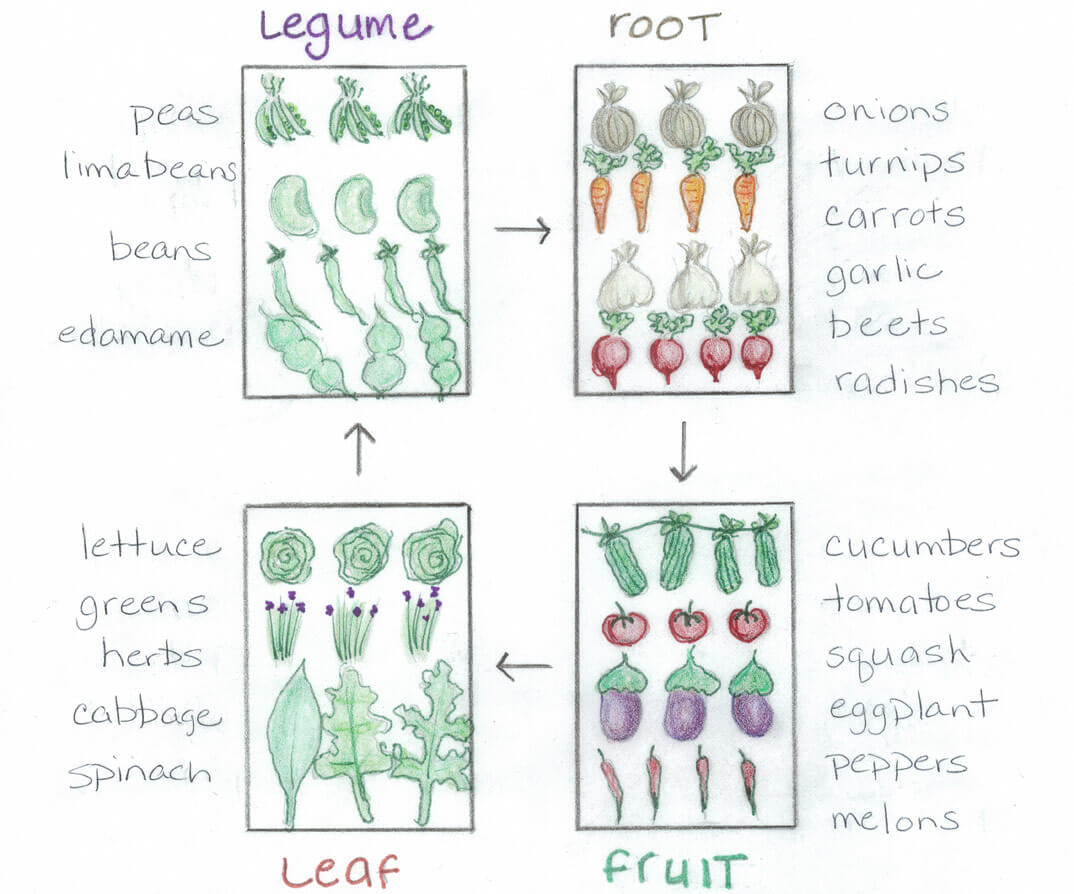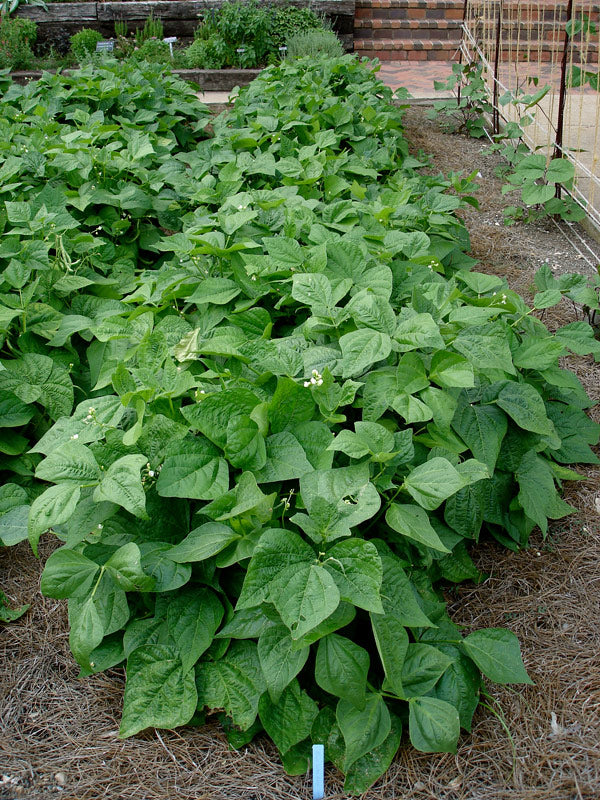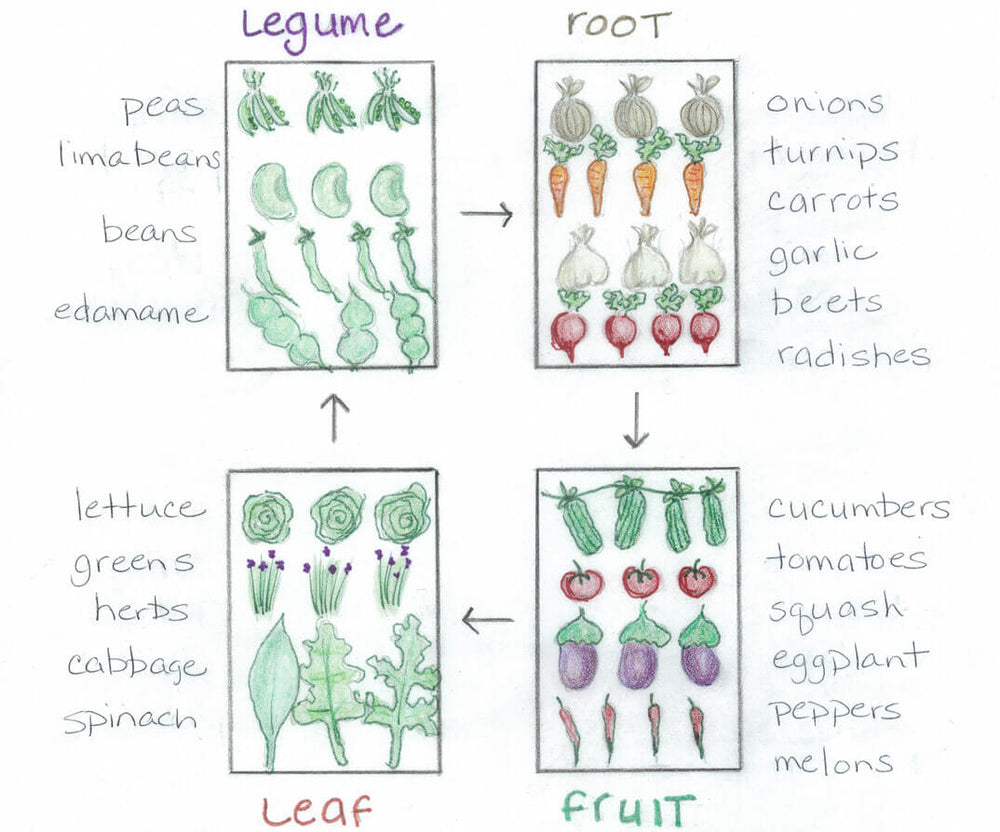

A few years back, I remember thinking, "Hmm, I had a bumper crop of tomatoes last year, but this year, not so much." My overall harvest seemed lower, and the plants didn't look as healthy as they had the year before. Well, it turns out there was a logical reason behind the change, one that had nothing to do with whether or not I had a green thumb—and everything to do with the fact that I wasn't rotating my crops.
Put simply, crop rotation is a systematic method of deciding what to plant where in your vegetable garden from one year to the next, based on plant groups. Moving plants to new locations each year—something I wasn't doing—improves your garden in two major ways. First, it helps keep your soil healthy and fertile. Planting the same thing in the same place year after year drains the nutrients from the soil that the plant needs in order to thrive and produce big harvests.
Second, rotating plant families helps manage soil-borne diseases like verticillium wilt, and soil-dwelling insects like corn rootworms. These types of diseases and pests prefer certain kinds of plants, and the longer the plants stay in the same soil, the better the chance that these enemies will show up and cause trouble.

One approach to crop rotation is to divide your plants into these four basic groups: legumes, root crops, fruit crops, and leaf crops. Imagine your garden separated into four areas, as shown in the chart at the top of the page. Each successive year, you would move each group one spot clockwise. So, for example, you would plant your legumes in Area 1 one year, then the next year you'd move them to Area 2 while the leaf crops from Area 4 moved into now-vacant Area 1—and so on. (Read about another way to rotate your crops.)
Of course, you can adjust this method to best fit what you like to grow. In our garden, for example, we don't plant a lot of legumes, so that bed remains fallow. A "fallow" bed is one that's either left empty for a season in order to allow the soil rest and refuel, or (if you really want to kick things into high gear) planted with a cover crop—like alfalfa, rye, or white Dutch clover—to add fertility and improve drainage.
If you have a smaller garden, no worries—simply separate however many beds you have into growing areas for the different plant groups, rather than providing each with its own bed. Just know that it may be a bit more difficult to prevent diseases from spreading from one section to another, so you'll want to keep a close eye on your plants and soil.
I'll admit it: Crop rotation isn't a new and sexy gardening trend. It is, however, a method that has been used successfully for centuries, and it's made a real difference in the health and production of my garden. And really, isn't it a relief to have at least one aspect of your gardening already figured out for you?
By Jenny Peterson
Jenny Peterson is a landscape and garden designer living in Austin, Texas. At her website, JPetersonGardenDesign.com, you'll find lots more design tips and DIY projects. Jenny is also an urban farmer and vegetable gardener, and is co-author of Indoor Plant Décor: The Design Stylebook for Houseplants.




 Herbs
Herbs
 Vegetables
Vegetables
 Fruit
Fruit
 Flowers
Flowers
 Succulents
Succulents


